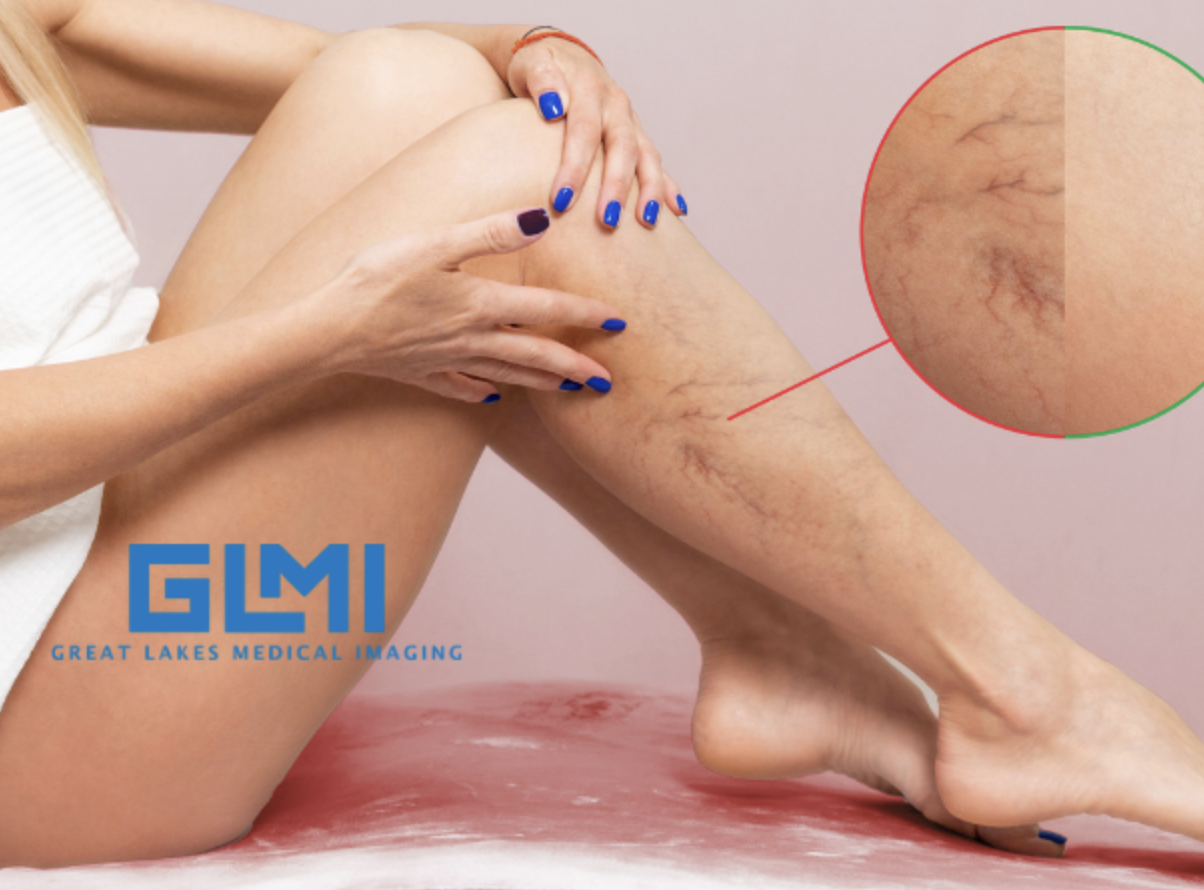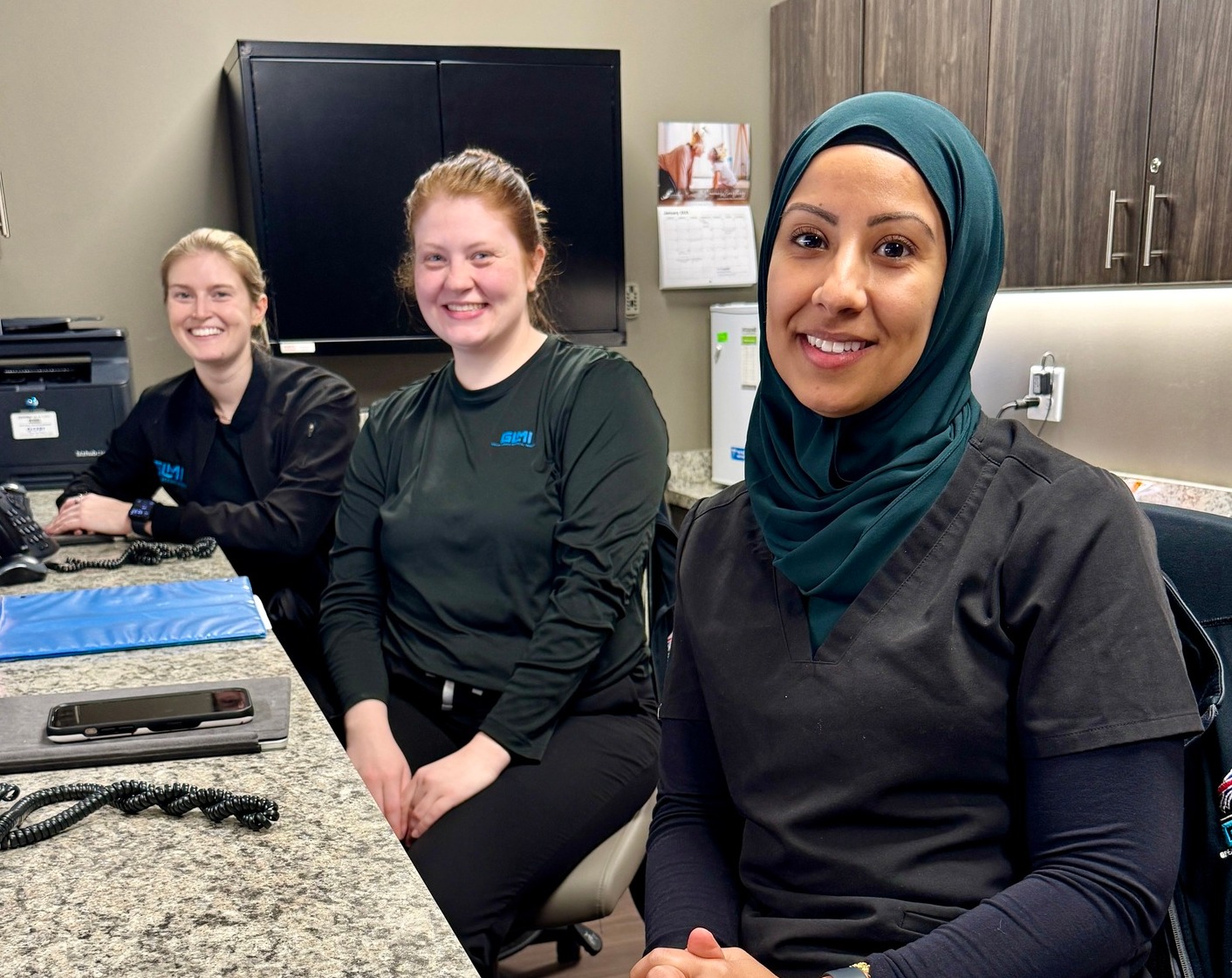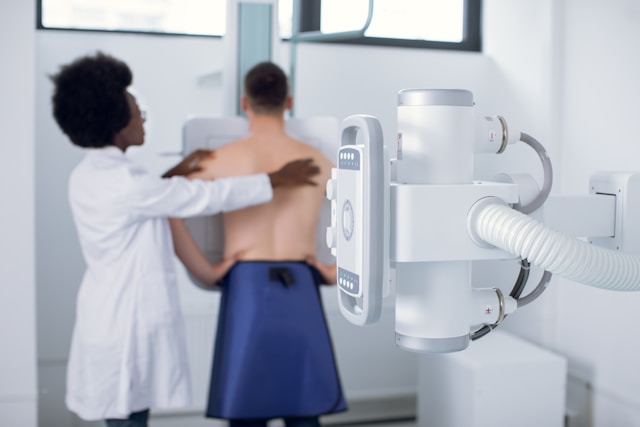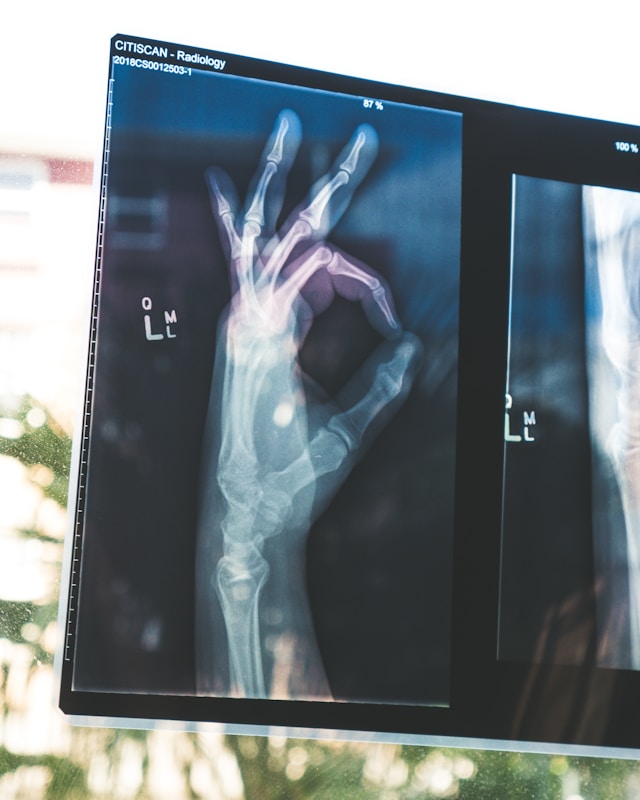Our Blog
What Are the Signs You Should Seek Varicose Vein Treatment in the Great Lakes Area?
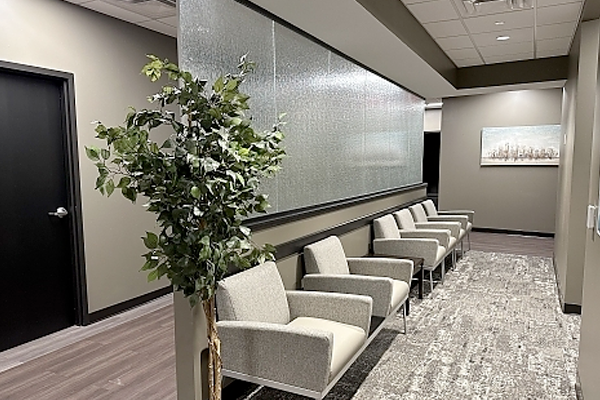
Varicose veins, with their distinctive blue or purple appearance and twisted, bulging presentation, are not just a cosmetic issue but can also be indicative of underlying venous disorders. In the Great Lakes area, including Buffalo, NY, and the wider Western New York region, the changing seasons and active lifestyles of residents can exacerbate the symptoms associated with varicose veins. Recognizing the signs that warrant professional treatment is crucial for maintaining vascular health and overall well-being. Here's what you need to know about identifying when it's time to seek varicose vein treatment.
Understanding Varicose Veins
Varicose veins occur when the valves within the veins, which facilitate blood flow back to the heart, fail to function properly. This leads to blood pooling in the veins, causing them to enlarge and become varicose. Factors such as age, genetics, obesity, pregnancy, and prolonged standing or sitting can increase the risk of developing varicose veins.
Signs Indicating Treatment is Needed
1. Pain and Discomfort: One of the most common symptoms associated with varicose veins is a feeling of pain, heaviness, or discomfort in the legs. This can manifest as a dull ache, throbbing, or cramping, particularly after long periods of standing or sitting.
2. Swelling in the Legs or Ankles: Swelling in the lower extremities, especially towards the end of the day, can be a sign of compromised venous return due to varicose veins. This swelling often subsides with elevation or overnight rest but may persist if the underlying issue is not addressed.
3. Changes in Skin Color or Texture: The skin around varicose veins can undergo significant changes, including darkening (hyperpigmentation), hardening (lipodermatosclerosis), or the development of eczema-like conditions. These changes result from poor blood circulation and increased pressure within the veins.
4. Leg Cramps and Restlessness: Frequent leg cramps or a restless leg sensation, particularly at night, can be symptomatic of varicose veins. These symptoms arise from the increased pressure and stasis of blood in the lower limbs.
5. Bleeding from Varicose Veins: Even minor injuries to the area around varicose veins can lead to significant bleeding due to the increased pressure in these veins. Such episodes, although not always severe, signal the need for professional evaluation and treatment.
6. Development of Venous Ulcers: One of the more severe complications of untreated varicose veins is the development of venous ulcers, usually around the ankles. These ulcers are challenging to heal and require immediate medical attention.
Treatment Options in the Great Lakes Area
Advancements in varicose vein treatments have led to a range of effective, minimally invasive options available in the Great Lakes area. Great Lakes Medical Imaging (GLMI) offers several state-of-the-art treatments, including:
- Endovenous Laser Therapy (EVLT)
- Radiofrequency Ablation (RFA)
- Sclerotherapy
- Venaseal™ Closure System
These treatments are designed to close off the affected veins, rerouting blood flow to healthier veins, thereby alleviating symptoms and preventing further complications.
When to Seek Treatment
If you're experiencing any of the above symptoms or are concerned about the appearance and health of your veins, it's time to consult with a vascular specialist. Early intervention can prevent the progression of symptoms and reduce the risk of complications.
Recognizing the signs that warrant varicose vein treatment is essential for residents of the Great Lakes area. With modern, minimally invasive treatment options available at facilities like GLMI in Buffalo, NY, there's no need to suffer in silence or let the condition progress. Seeking timely treatment can significantly improve your quality of life and vascular health.
For more information on varicose vein treatments or to schedule a consultation, visit Great Lakes Medical Imaging. Our team of experts is dedicated to providing the highest standard of care, helping you navigate your treatment options for a healthier future.
Disclaimer: This blog article is for general informational purposes only and should not be construed as professional medical advice. Always seek the advice of your physician or other qualified health provider with any questions you may have regarding a medical condition.
‹ Back



